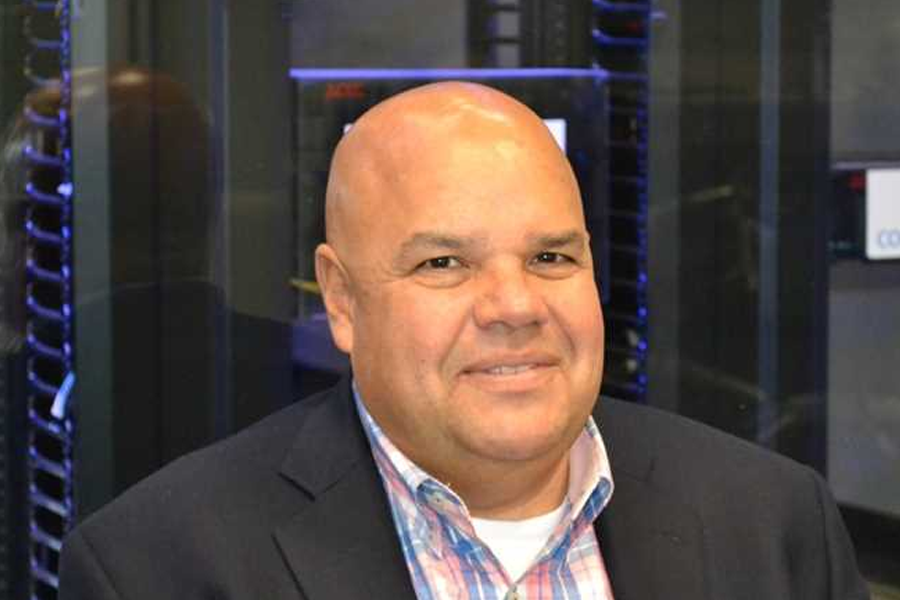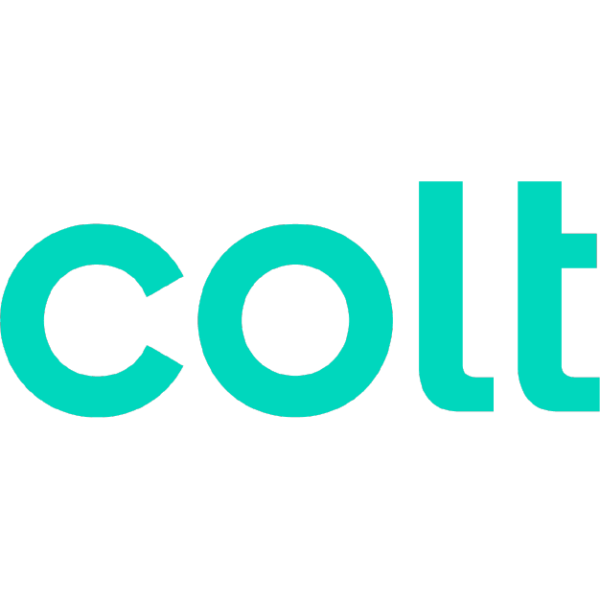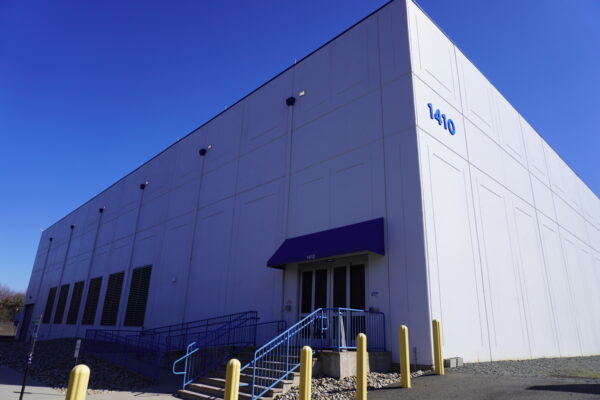Chile’s Digital Transformation
Leveraging its Pacific coast, Chile will soon host a digital gateway linking Latin America to Asia. But with the power to solve a nationwide challenge, it’s bringing more than connectivity, NJFX founder and CEO Gil Santaliz tells Melanie Mingas.

Gil Santaliz
CEO
Article originally published by Melanie Mingas of Capacity Media on April 26th, 2021.
April 26, 2021

In March 2020, NJFX’s Gil Santaliz was in São Paulo for Capacity Latam. It was shortly before flights were grounded by the pandemic – a move that would force him to leave the show early – but that’s not the point of his story. As luck would have it, while Santaliz was out of the country, he received a phone call to say Chile’s Ministry of Transport and Communications (MTT) was visiting the US and wanted to tour NJFX.
“They wanted to get better insight into how cables operated in the US going to Europe, as well as going down to South America,” says Santaliz via video call from New Jersey.
In his absence, business development manager Sarah Kurtz hosted the delegates, alongside industry heavyweights from Tata Communications and Aqua Comms. But this wasn’t a run-of-the-mill tour. The visiting party included Natalia López, the head of the Telecommunications Development Fund division for the government of Chile and lead on the Asia-South America Digital Gateway Project.
López and the team didn’t just want to look at NJFX; the delegation wanted to understand the role of an integrated, colocation cable landing station (CLS) in creating a connectivity a gateway.
“They wanted to know how does it work for you guys in the US? How does it work to be in a campus environment supporting four different subsea cables? How do the subsea groups benefit from what you have created?
“And then trying to see first-hand the design of the building, how we segment subsea and terrestrial, what a carrier-neutral meeting room looks like, and talk in more depth about their projects,” Santaliz continues.
Due to the impending Covid lockdowns the party had to leave early, meaning Santaliz didn’t get to meet them in person; however, the knowledge share continued over the ensuing months and the Asia-South America Digital Gateway Project is
moving at pace.
“We haven’t travelled since, nor have they, but we had the communication with the ministry from Chile and they are moving forward with their project – Chile is becoming a new gateway for South America,” Santaliz explains.
The digital gateway was announced in 2019 when MTT and the development bank of Latin America, CAF, signed a $3 million technical cooperation agreement to finance feasibility studies, later conducted by Chile’s telecom regulator Subtel. A cable integration, the initial aim was to lay a cable up to 15,000 miles long with at least two fibre pairs and a transmission capacity of 10-20Tbps.
The Transoceanic Cable was confirmed the following year in July, with a route that would link Valparaiso, Chile with New Zealand and Sydney. According to the Chilean government it was the most cost-effective route, although Shanghai
was originally being considered before international concerns were raised.
That aside, Santaliz says: “They are moving on their efforts to have Chile become the gateway towards, in this case Australia and from there on to Asia, basically. So Chile is the first country in Latin America creating this new gateway
across to Sydney.”
The link will also play a part of the success of the Digital Economy Partnership Agreement, the “first of its kind” agreement that came into force in December, for digital trade and data flows between Singapore, Chile and New
Zealand.
During 2020 a series of further announcements emerged from the country. On the data centre front, EdgeConneX opened the first of two facilities in Santiago and Huawei announced its second hub in the country would open in the same city by the end of the year.
Google’s 10,500km Curie cable landed in the coastal city of Valparaiso and phase two of the Caribbean Express cable was announced, connecting Panama to Chile, then linking into Ecuador and Peru.
OECD analysis published this year concluded that Chile saw the most rapid adoption of mobile broadband in the OECD between 2010 and 2018, with a 10-fold increase in subscriptions. At 87.5%, household connectivity is on a par
with OECD averages and business broadband connectivity is also high, at 89.6%, according to the first Chilean ICT survey conducted in 2019.
However, fixed broadband penetration remains a challenge and, despite having one of the highest rates of annual growth of fibre subscriptions across OECD countries, it stood at 66.5% between 2018 and 2019. Further, fibre connections
account for 25% of total broadband connections and 50% of these connections concentrated in the Región Metropolitana, according to Subtel data.
Independent Latam
The knowledge exchange with NJFX has covered a number of topics, but many come back to tackling these, and similar, challenges.
“We have shared the concept of being open, the benefits of having a landing station used for multiple cables not just one at a time,” Santaliz explains.
“We gave our advice to them and they are reviewing it and we have conversations on their architecture. Depending on the final grouping they have, the members of this new cable, we might even be able to develop their landing station for them. So that’s an opportunity that we would consider, depending on who the anchor consortium members would be for that,” he adds.
Developing a CLS takes up to two years, by which time Chile’s requirements will have progressed significantly, but the country – and wider region – are well ahead in preparing for future needs.
“There’s an incredible amount of investment already happening in South America,” says Santaliz, citing the Monet, BRUSA and Seabras-1 cables.
“They are going to start going through the end-of-life cycle with the existing cables that are there and one of the challenges is to make sure that the new cables – even though they have so much greater capacity than the old cables – you’re going to still need more of them,” he adds, before revealing that, “we should expect two more cables announced within the next two years.”
However, this next generation of cables – such as Ellalink, connecting Latam to the US, and the South Atlantic Cable System linking Angola with Brazil – will not depend on the US. It’s a trend Santaliz says is bringing independence to the region, but it needs to extend beyond the shoreline – and that’s a subject Santaliz is so passionate about, he features on this year’s day three Capacity Latam panel, Delivering diverse connectivity to Latin America.
“The last challenge is you have the arteries built but do you have the capillarity in place? Is there going to be a competitive landscape for capillarity in Latam? Because inexpensive international capacity doesn’t give you very much if you don’t have competitive local access. The ministry is very aware that it is not about landing a cable – how do we get that cable’s connectivity across the country?
“So that’s the next challenge you’re going to have to develop – getting that infrastructure built,” Santaliz adds. While he’s a fan of the public-private model championed by the US for its rural connectivity needs, he sees another trend
unfolding in the industry.
“What you are seeing is partnerships that we have not seen before.”
Giving an example, he explains: “The MVNOs [mobile virtual network operators]… In the US, if you have Verizon making the investment, they are going to allow Comcast, they are going to allow Altice, AT&T to piggyback on the deployment of their 5G. So you are going to see multiple partners that are non-traditional, starting to work together, to make the economics of 5G work in the US.” In short, it’s all about “understanding what the private sector’s costs are in deploying private infrastructure”.
While these partnerships are all about managing the cost, other market shifts are starting to make waves too.
“The private sector adapts to the environment it has and we are part of that private sector and we are adapting to higher availability, better security and better network architecture,” Santaliz says.
For Santaliz, one major adaptation that connectivity will allow – in all regions – is the creation of more over-the-top operators (OTTs). Not just peddling content but providing essential services such as banking and healthcare.
“Facebook was an idea, today it is running global network architecture,” he says. “The banking industry needs to make sure their stuff always works also – they have a philosophy of never being down, never missing a transaction. How can you let a social media company have a better up time than a bank? Who are you going to trust in the future, your Facebook account or your banking account?
“You are going to see a new wave of OTTs who cannot afford not to have the best-in-class assets. They are going to know how the architecture works and they are going to redistribute how their connectivity gets applied.”
Whether more industries taking matters into their own hands is a sign of progress or failure on the part of the incumbent connectors is a point of debate – however, whether banking, healthcare, or both, Santaliz could be onto something.
“This connectivity revolution that we are a part of is changing social dynamics and it is going to allow us to rethink traditional industries in a way that will provide a lot more efficiency.”
###
About NJFX:
NJFX is a Tier 3 Carrier Neutral Cable Landing Station campus. Our colocation ecosystem has expanded to over 35 network operators offering flexibility, reliability, and security. Our Wall, NJ location provides direct access to multiple subsea cable systems giving our carriers diverse connectivity solutions and offers direct interconnection without recurring cross-connect fees.











